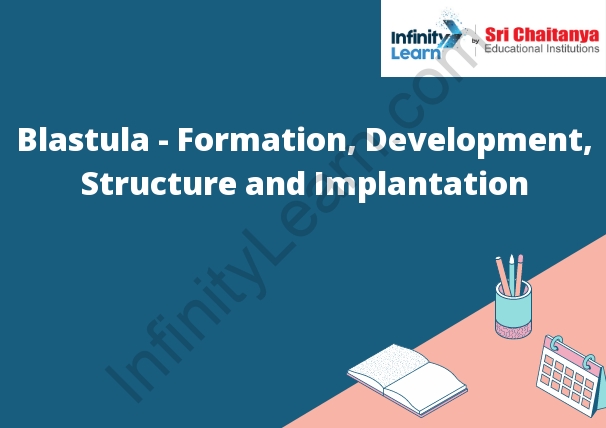Table of Contents
What is Blastula?
Blastula – Formation: The blastula is an early developmental stage in the life cycle of an animal. It is a hollow ball of cells that forms when a fertilized egg divides. The blastula is important because it is the stage when the embryo begins to develop.

Blastula Formation
- The blastula is a fluid-filled sphere that is formed after the sperm and egg merge. The blastula is important because it is the first step in the development of the embryo. The blastula contains cells that will become the embryo’s tissues and organs.
- A blastula is an early embryonic stage in the development of most animals. The blastula is a hollow ball of cells that is formed when the fertilized egg divides into two cells. The outer cell becomes the blastocyst, which is the structure that implants in the wall of the uterus and develops into the baby. The inner cell becomes the blastula.
- The blastula is important because it is the first step in the development of the embryo. The cells in the blastula will become the baby’s organs and tissues. The blastula is also important because it is the first time the baby’s cells are able to divide and grow.
Embryonic Development
- The embryonic development of a human begins with fertilization, when a sperm cell from the father and a egg cell from the mother merge to form a single cell called a zygote. This zygote divides over and over again, forming a ball of cells called a blastocyst. The blastocyst implants in the wall of the mother’s uterus, where it begins to grow and develop.
- The embryonic development process is divided into three main stages: the embryonic stage, the fetal stage, and the newborn stage.
- During the embryonic stage, which lasts from week 1 to week 8 of pregnancy, the blastocyst divides into three parts: the embryonic disk, the amniotic cavity, and the yolk sac. The embryonic disk will become the baby, while the amniotic cavity and yolk sac will form the protective sac around the baby and provide nutrients to the baby.
- The fetal stage, which lasts from week 9 of pregnancy to birth, is when the baby grows and develops the most. The baby’s organs form and mature, and the baby begins to move and kick.
- The newborn stage, which lasts from birth to about age 1, is when the baby continues to grow and develop. The baby learns to eat, walk, and talk, and starts to become independent.
Cleavage of a protein
Cleavage of a protein is the process of breaking a protein molecule into smaller pieces. The smaller pieces are called peptides. Cleavage of a protein can be done by proteases, which are enzymes that break down proteins.
Morula
A morula is a solid ball of cells that is formed early in the development of an embryo. The cells in a morula are all of the same type and are not yet organized into specific tissues.
What is Blastulation?
Blastulation is the early developmental stage of an embryo, typically occurring about four days after fertilization. It is marked by the formation of a blastocyst, a hollow ball of cells. The blastocyst contains an inner cell mass that will become the embryo, and an outer layer of cells that will become the placenta.
Structure of Blastula
The blastula is a hollow ball of cells that forms early in the development of an embryo. The blastula is formed when a fertilized egg cell divides into two cells, and each of those cells divides again. The blastula is composed of a layer of cells on the outside and a layer of cells on the inside. The cells on the outside are called the ectoderm, and the cells on the inside are called the endoderm. The blastula is important because it is the first stage in the development of an embryo.
Implantation
- The fertilized egg implants in the uterine wall.
- Implantation occurs when the fertilized egg attaches to the lining of the uterus. This typically happens 6-12 days after fertilization. The implantation process is what starts the development of the baby.
About Blastula Provided by Infinity Learn
A blastula is a type of embryo found in some animals. It is formed when a fertilized egg cell divides into many cells. These cells group together to form a hollow ball. The blastula is the first stage of embryonic development.
Key Concepts Important in the Understanding of the Blastula are as Follows-
1. Cleavage- the process by which a fertilized egg cell divides into two or more daughter cells.
2. Blastula- a hollow ball of cells formed during the early stages of embryonic development.
3. Gastrulation- the process by which the cells of the blastula rearrange and form the three primary germ layers of the embryo.
4. Organogenesis- the process by which the cells of the germ layers give rise to the organs and tissues of the embryo.









